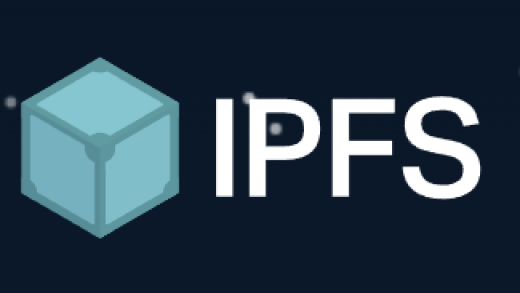Moving between cloud providers can be tricky unless a multi-cloud strategy is present from the get-go. Fortunately, containers ease this by providing portability, facilitating rapid deployment, and increasing the ability to scale. They can simplify processes for DevOps teams and ease collaboration between admins, developers, testers, and other teams.
As more organizations embrace container strategy, they face increasingly demanding requirements for flexible infrastructure. The move to containerized environments can seem complicated, but that doesn’t need to be the case. When you know the components and use cases of an effective multi-cloud container strategy, you can eliminate the fear of missing out (FOMO) on the benefits of this important, increasingly popular technology.
SEE ALSO: Containers and security – What are the five biggest myths?
Components of an Effective Multi-Cloud Container Strategy
Three main components allow for an effective multi-cloud container infrastructure.
First, you should have a rational networking strategy. Define your networking priorities—perhaps based on network-level integrations, security constructs, or service mesh connectivity. Evaluate if and how your network strategy encompasses access across multiple clouds. Consider how you scale.
Next, storage must solve for persistence and enormous scale. While containers provide a great platform for scale-out compute model, you need a scale-out model for data, too. Containers have a need for persistent volumes that can be accessed from multiple clouds.
The third and final component is a combo of effective orchestration, automation, and management. Tools like Tanzu Mission Control for Kubernetes Cluster Management and the right lifecycle tools (e.g. GitLab, Spinnaker, etc.) for your CI/CD pipeline are essential parts of the strategy.
Use Cases
Let’s look at five use cases where a multi-cloud container environment can open a world of more ability, capability, and flexibility.
- Container migration: Having consistent networking and storage helps shift workloads from on-prem to public clouds (or between clouds).
- Peak time expansion: The public cloud was born out of the need to distribute a load across multiple containers across multiple clouds. Consider the retail environment on Black Friday: the flexibility in infrastructure is a benefit when single-day transactions are far higher than average.
- Per service relocation target: When there’s an outage on the primary cloud, you can move particular services or microservices to other clouds—easily. Without this ability, outages can cause greater disruptions and be more costly.
- Failover cloud priority: What happens if your primary cloud experiences an outage? A multi-cloud strategy can automatically failover to another cloud.
- Multi-cloud access: I’m saving the most exciting use case for last. Rather than building a container strategy and only using it when you have to for disaster recovery or expansion, you can use the power of all clouds at the same time. This provides consistent storage and networking. With this true multi-cloud strategy, the previous use cases become very deployable, on-the-fly.
SEE ALSO: IoT security – “The safest software is the one not being on the system”
FOMO Is Not a Strategy
A successful containerized, multi-cloud strategy requires thoughtful consideration and offers numerous benefits. As you develop your strategy, evaluate a few key elements. Take a holistic view of your data needs, including where it should be stored or replicated, how it will be accessed, how to minimize challenges around data gravity, and the best way to take advantage of features of multiple cloud service providers.
Evaluate how best to have consistent networking—perhaps through VPN, direct connect, or a virtual networking platform. What automation and orchestration needs do you have, whether of standalone platforms or cloud-integrated services? And, of course, consider the costs, including replication or egress costs and persistent, spot, or batch instances. With the right planning, there’s nothing to fear and you won’t be missing out!
The post Successful Containerized, Multi-Cloud Strategy: Tips for Avoiding FOMO appeared first on JAXenter.
Source : JAXenter

















